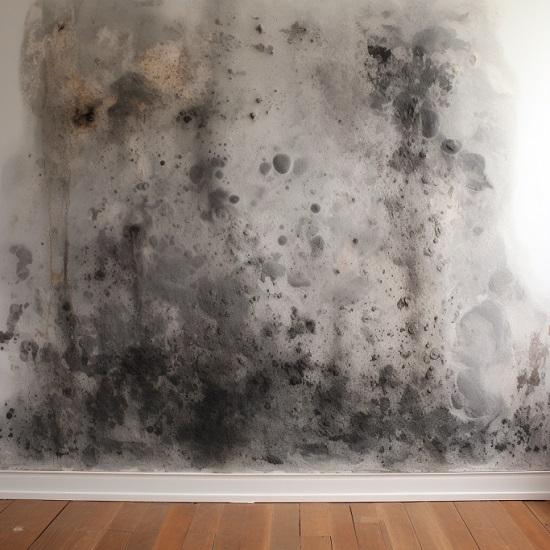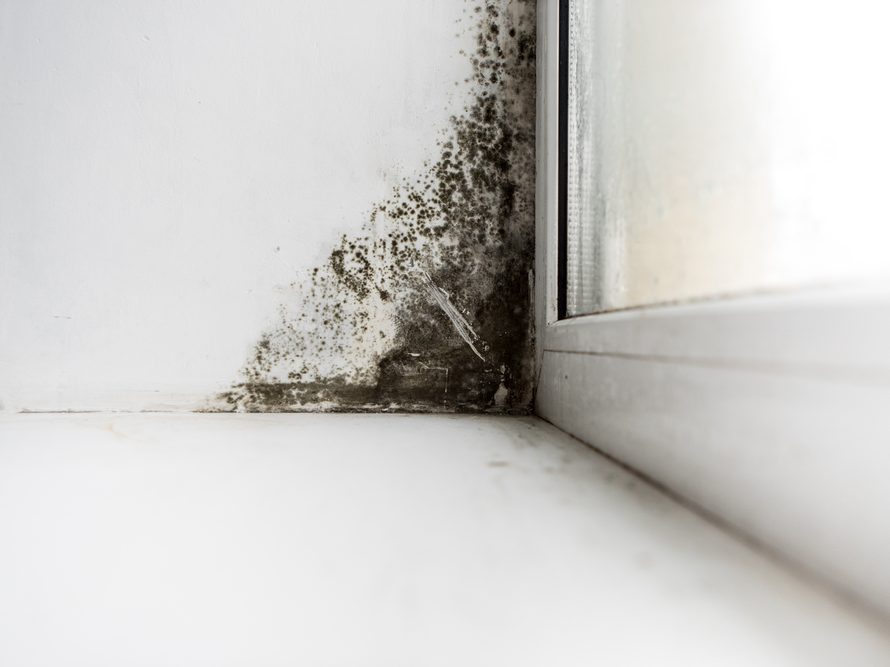After Mold Remediation Techniques for Tidy Rooms
After Mold Remediation Techniques for Tidy Rooms
Blog Article
Expert Tips for Message Mold Removal Success
In the world of mold remediation, efficiently getting rid of mold and mildew is only half the fight; the true challenge lies in avoiding its reappearance. Post-remediation efforts play a critical role in making certain a mold-free atmosphere in the long-term. By adhering to experienced pointers and ideal practices, individuals can guard their rooms versus mold and mildew revival and maintain a healthy interior atmosphere. It remains in this stage of the removal process that interest to detail and aggressive actions absolutely make a distinction.
Monitor Moisture Degrees Frequently
Routine monitoring of humidity degrees is essential in making certain the efficiency of blog post mold remediation initiatives. After completing mold remediation procedures, maintaining ideal humidity degrees is crucial to prevent mold and mildew re-growth and make certain a healthy indoor atmosphere. Surveillance moisture degrees permits very early discovery of any type of spikes or changes that might potentially cause mold resurgence. High humidity degrees above 60% produce a favorable atmosphere for mold and mildew to prosper, making regular monitoring a positive action to avoid any future mold and mildew issues - what to do after mold remediation.
Using hygrometers or moisture meters can help in properly determining humidity levels in different areas of the building. These devices offer real-time information that allows remediation experts to make educated choices pertaining to air flow, dehumidification, and various other needed activities to maintain excellent humidity levels post-remediation. In addition, developing a regular timetable for humidity checks, especially in high-risk areas such as kitchen areas, cellars, and washrooms, is a positive strategy to mold and mildew avoidance. By consistently monitoring humidity degrees, home proprietors can efficiently reduce the risk of mold reoccurrence and maintain a healthy and balanced indoor setting post-remediation.
Conduct Thorough Inspections Post-Remediation
Adhering to the conclusion of mold removal treatments, it is critical to carry out extensive examinations to verify the efficiency of the removal process. These post-remediation assessments are crucial in making sure that the mold and mildew problem has been effectively attended to and that there is no reappearance or remaining mold growth. Evaluations ought to be accomplished by qualified specialists who have know-how in recognizing mold and mildew and assessing indoor air top quality.
Throughout these inspections, various techniques such as visual assessments, air sampling, and surface sampling might be used to extensively review the remediated locations. Visual analyses involve a detailed evaluation of the premises to check for any type of visible signs of mold development or water damages. Air tasting helps in determining the airborne mold and mildew spore degrees, while surface area tasting can identify mold bits on surface areas.
Implement Appropriate Ventilation Approaches
After making certain the efficiency of the mold and mildew removal process with complete inspections, the next vital action is to focus on applying correct ventilation methods. Ample air flow is important in protecting against mold reoccurrence by managing dampness degrees and advertising air blood circulation.
Appropriate ventilation not only help in protecting against mold development however additionally contributes to the total health and comfort of residents. By ensuring sufficient ventilation why not look here throughout the residential property, you can reduce the danger of mold and mildew regrowth and produce a healthier living environment.

Usage Mold-Resistant Products for Services
To improve the long-term efficiency of mold removal efforts, integrating mold-resistant products for repairs is critical in reducing the risk of future mold development. Mold-resistant products are made to endure dampness and prevent mold and mildew development, making them a necessary option for locations vulnerable to moisture and moisture. When fixing locations affected by mold and mildew, utilizing materials such as mold-resistant drywall, mold-resistant paints, and mold-resistant caulking can help protect against mold reappearance.
Mold-resistant drywall is an excellent option to typical drywall in areas like basements and washrooms where moisture degrees are greater. When subjected to damp conditions, this kind of drywall has an unique covering that resists mold development also. In addition, making use of mold-resistant paints consisting of antimicrobial representatives can additionally hinder mold and mildew growth on wall surfaces and ceilings.
In locations where dampness prevails, such as restrooms and cooking areas, using mold-resistant caulking around sinks, bathtubs, and home windows can assist seal out water and prevent mold and mildew from holding in fractures and crevices. By purchasing these mold-resistant products throughout repair work post-remediation, you can considerably reduce the chance of future mold issues and maintain a healthier indoor setting.
Maintain Tidiness and Address Water Issues
Ensuring sanitation and quickly attending to water issues are essential practices to promote in securing indoor areas from mold and mildew reinfestation. After mold remediation, it is essential to keep a tidy atmosphere to avoid the regrowth of mold (testing air quality after mold remediation). Routine cleaning, cleaning, and vacuuming can help get rid of any lingering mold spores and stop them from clearing up and proliferating. Furthermore, maintaining indoor rooms dry and attending to any kind of water concerns quickly is essential in mold and mildew avoidance. Leaks, water invasion, or high humidity degrees can produce the ideal breeding place for mold, so it is imperative to fix any water-related issues right away.
To preserve sanitation, think about making use of HEPA filters in vacuums and air cleansers to trap mold and mildew spores and prevent their flow in the air. Additionally, making discover here sure correct air flow in locations prone to moisture buildup, such as cooking areas and shower rooms, can assist keep humidity degrees in check. By remaining vigilant concerning sanitation and attending to water problems quickly, you can effectively stop mold reinfestation and maintain a healthy and balanced interior atmosphere.
Verdict

In the realm of mold remediation, efficiently removing mold is only half the fight; the real obstacle lies in preventing its reappearance. After completing mold removal treatments, keeping optimal humidity levels is critical to avoid mold re-growth and make certain a healthy interior atmosphere. High humidity levels above 60% create a helpful atmosphere for mold and mildew to prosper, making normal keeping track of a positive measure to avoid any future mold and mildew problems.
To improve the long-lasting effectiveness of mold removal initiatives, integrating mold-resistant products for repair work is important in reducing the danger of future mold and mildew development. After mold remediation, it is important to maintain a tidy setting to protect against the regrowth see this page of mold and mildew.
Report this page